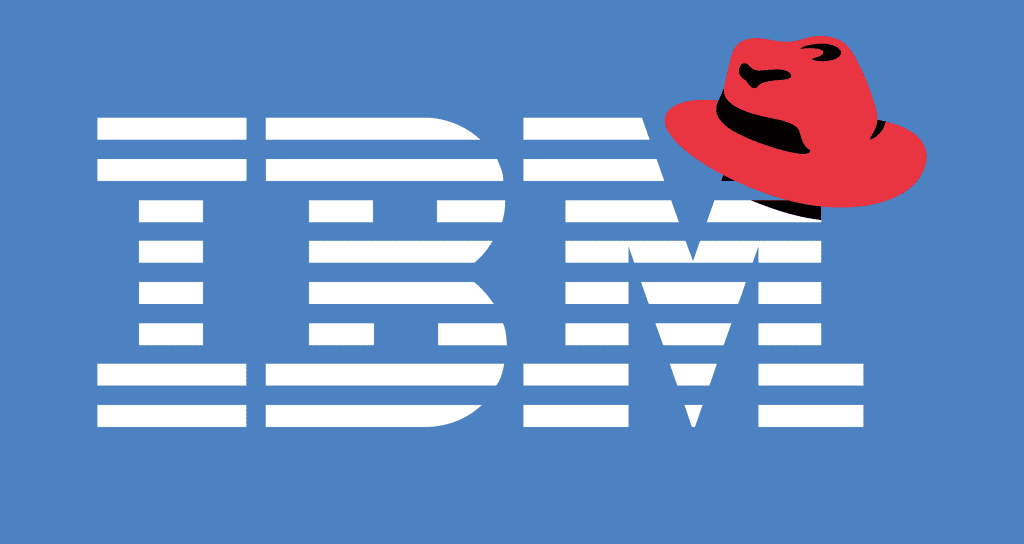IBM paid $34 billion for a software company which doesn’t sell software. The company, Red Hat, started 25 years ago and used to buy companies which sell proprietary software and then release that software for free. This started with a controversy of the software design called the open source. The software which we use on a daily basis either in the form of apps for phone or programs on your computer exists in multiple ways. The version which we run on our devices is the compiled version. This is, in fact, a lump of code which is translated into a language which the hardware can understand. However, before getting the finished version, instructions need to be written in a language which can be followed by humans. These instructions are called the ‘source’ or ‘source code.’
Source code can be compiled into a finished product, but a compiled app cannot be deconstructed to the source. It is like that a compiled app is a finished pie. It has components which you can roughly identify, however, having a piece doesn’t mean you can make another one like it. Tech giants like Microsoft or Apple keep their source code for Windows and OS X software under lock and key. They sell the copies of the apps created from it. These companies do not share the main code but give the finished product to its users.
On the other hand, Open Source publishers give away the main code to users as well. There are various reasons for doing that. Some say that software should not only be used but modified as well. They also believe that open source software is superior functionally as compared to other software. Using it, any programmer can make the necessary changes and create something entirely new. The conflict arises when it comes to making money.
In 1975, ‘Open Letter to Hobbyists’ proprietary software poster child Bill Gates characterized users who shared Microsoft’s “BASIC” programming language without paying for additional copies. This took money off Microsoft’s table when it struggled to invest time and money invested in creating the program. Open source advocates criticized the company’s approach and saw no reason to limit spreading a software which can be reproduced at no cost.
When source code is distributed for free, it gets hard to base a business on selling it. Companies could have managed to make a profit by selling free software on physical media like CDs, however, those days are in the past now. Red Hat was founded in 1993, and it built its business around services which support and enhance open source software. This can entice companies on adopting the open source GNU/Linux operating system instead of using the more expensive software. Red Hat would provide support for those systems and include the option to customize the software as per the needs of the company.
This model proved very successful since the free software which was the core of the business was under constant development by various programmers all over the world. Hackers were also able to adapt the code as per their needs. As the work was being done in the open, it reduced the chances of duplication of effort. Many other companies followed the same business model. However, Red Hat was the most successful among all and was worth $3.5 billion by 1999.
The acquisition of Red Hat is the greatest purchase made by IBM till date. Red Hat’s business has moved on to providing support and development for open source software which is widely used in data centers and cloud computing applications by companies who use free software instead of purchasing and using proprietary software. IBM is not buying the company to change the business model and start selling the software. It is to buy the opportunity to sell the essential services. Since even if the software is free, the amount of time and labor it requires to maintain is not free.
A good move? Let us know your thoughts in the comments section

